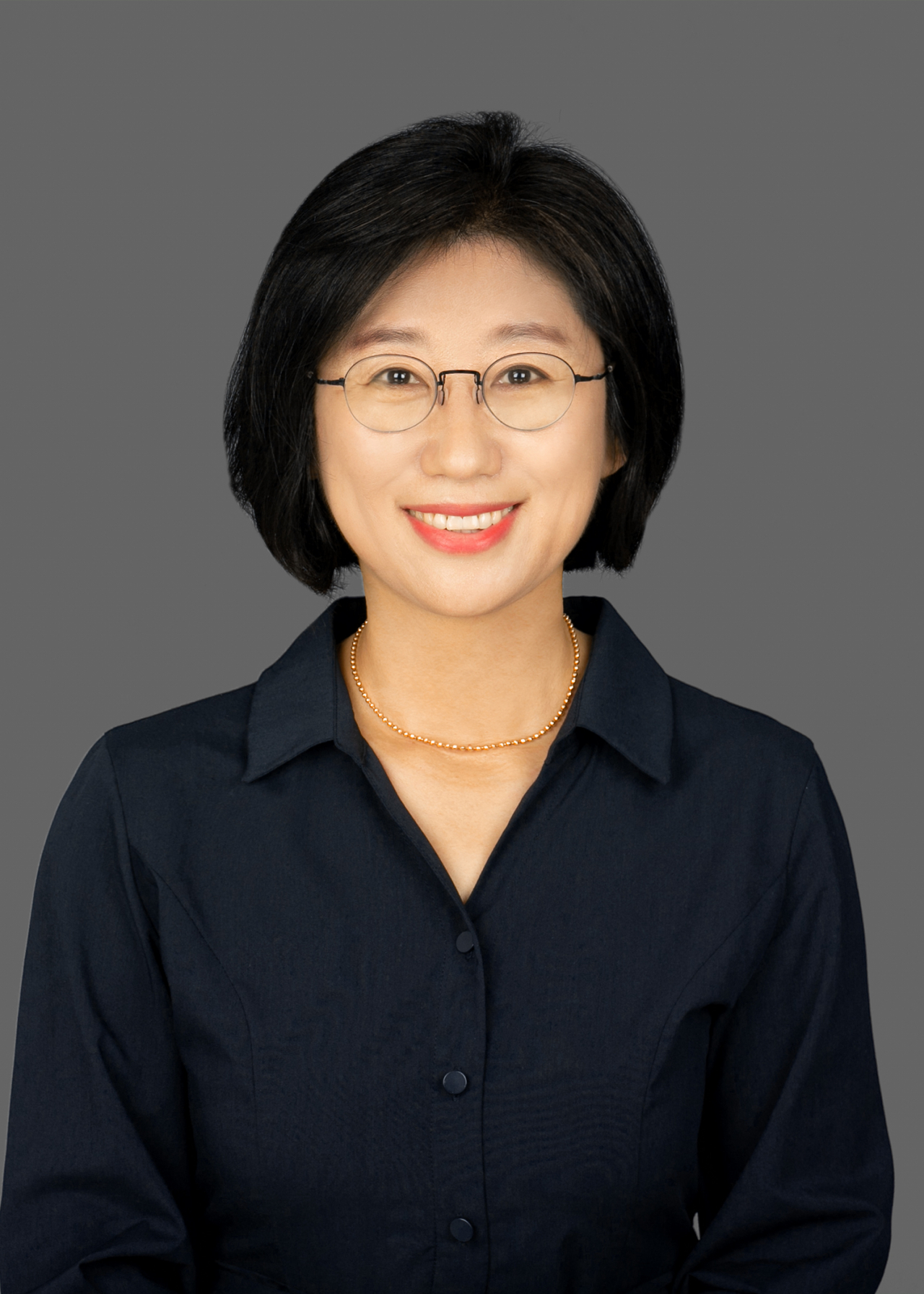 |
Shin Hye-young |
In the US, the focus of foreign language learning is laid on enabling students to actually speak, understand and perform different tasks in the target language.
Under the guidelines of ACTFL, an organization of language education professionals that provides testing for the US government, learners are tested on such real-life language skills.
South Korea’s state-run Test of Proficiency in Korean (TOPIK), on the other hand, has often been criticized for measuring students' memorization capacity rather than their practical skills like speaking. Some TOPIK takers say memorizing past official test questions plays a key role in getting high scores in the Korean language exam.
“Improvements could be made to TOPIK so that learners can work more on improving their real-life performance like speaking,” Shin Hye-young, senior professorial lecturer and director of the Korean language program at American University, said in a Zoom interview with The Korea Herald.
“The US has its own curriculum for foreign language learning in K-12 compulsory education, while universities develop their own programs. The curricula are built based on the level of performance they expect the students to achieve at each stage," she said.
Textbooks and study materials are developed to fit the curricula for K-12 and universities.
In a nutshell, the US system is performance-based, while the Korean system is knowledge-based, according to Shin.
“TOPIK is designed for those seeking to go to Korea to study or work, but not every TOPIK taker goes to Korea. I think it would be better if the testing methods are revised to assess learners’ actual ability to use the language,” she said.
Thanks to Hallyu, the number of Korean language learners in the US has increased significantly, but what really matters is how many of them keep learning past the intermediate level.
At American University, international relations majors are required to take foreign language courses for two years, so most of them get past the intermediate level, which means they won’t have basic problems living in Korea or communicating with Korean colleagues in workplaces where English is used as the key language, Shin said.
But in most other universities, many students stop learning Korean before or in the beginning of the intermediate level.
“While it is highly encouraging that the overall number of Korean language learners is rising, the number of those who reach the advanced level is important when it comes to expanding Korean studies,” Shin said.
“There are many history courses on East Asia at US universities, but most of them don’t cover Korea. There should be more American professors specializing in Korean history.”
Shin mentioned that the Japanese government has for decades supported many American academics – mostly male and white – to study Japanese history in Japan. These historians in turn teach East Asian history from Japan’s point of view.
According to Shin, most students who take their first Korean language course at universities aren’t complete novices as they have learned Hangeul or acquired basic conversational skills through the Internet.
In class, lecturers often teach students Korean abbreviations and slang words to help them learn about Korean culture and society today. They also teach them newly coined words because that is what the students hear on Korean television shows.
An adult learner who works for the US government learned Korean for a year in graduate school in the US and another year in Korea, but never learned “banmal,” a casual form of speech used between friends or those of the same age or by an older person when speaking to a younger person.
“When his Korean friends began speaking to him in banmal, he could only speak in ‘jondaenmal’ (a polite form of speech) and his friends asked why he was acting so distant. He asked his teachers why they hadn’t taught him banmal,” Shin said.
“Although we can’t conduct classes in banmal, we should teach it,” she said.
There is also growing demand for making Korean available in the advanced placement (AP) program at American high schools.
Chinese and Japanese are offered as AP subjects, but Korean isn’t.
“Nowadays, more students want to learn Korean than Japanese. Koreans should try to get the College Board to approve Korean as an AP subject,” Shin said.
Shin also said that if the Korean government plans to support Korean language education in the US, what would help most would be sending performing artists, like dancers of talchum, or traditional masked dance, or traditional percussion musicians of samulnori, for instance, on a tour there.
American students love and are greatly motivated by chances to experience Korean culture, but it costs a lot to host authentic traditional Korean performances in the US, she said.
In the US, all foreign language classes are closely linked to culture.
“For instance, when learning about colors or clothes in Korean classes, we use Korea’s traditional colors or clothing as materials,” Shin said.
“Students try to see the similarities and differences between their own culture and the culture of their target language. They learn about Seollal, for instance, to understand why it became a key holiday in Korea.”




![[Herald Interview] How Gopizza got big in India](http://res.heraldm.com/phpwas/restmb_idxmake.php?idx=644&simg=/content/image/2024/11/20/20241120050057_0.jpg)


![[KH Explains] Dissecting Hyundai Motor's lobbying in US](http://res.heraldm.com/phpwas/restmb_idxmake.php?idx=644&simg=/content/image/2024/11/20/20241120050034_0.jpg)